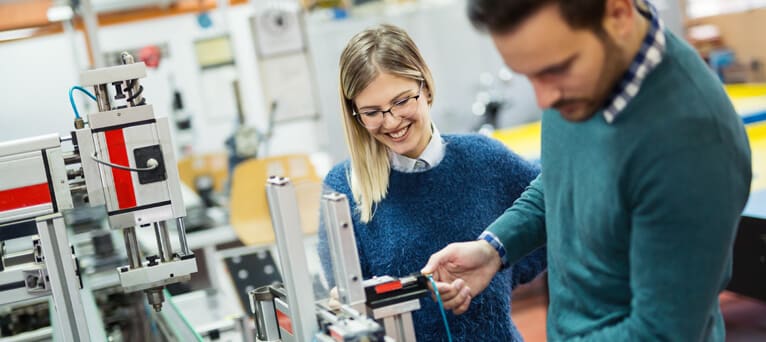Mitochondria house hundreds of biochemical reactions involved in processes critical for the survival and homeostatic adaptation of the cell. Beyond their role in energy production and cellular metabolism, mitochondria are involved in numerous cellular pathways including apoptosis and autophagy, calcium homeostasis, and immunity. To ensure these functions, mitochondria need to adapt their shape, constantly moving, dividing and fusing generating a specific network answering cellular needs. Recent evidence has established the deregulation of mitochondrial dynamics in response to metabolic dysfunction and diseases. However, mitochondria do not function in isolation but rather establish contacts with other organelles to execute these specific cellular functions. In addition, to the well characterized mitochondria-endoplasmic reticulum (ER) contacts, the capacity of the mitochondria to be associated in close proximity to other organelles, including Golgi apparatus, lysosome and peroxisomes, has been recently highlighted. However, the mechanisms and functional relevance of these contacts in cell physiology and human diseases are largely unexplored.
The main goal of the project is to decipher how the cellular metabolic state modulates these mitochondria-organelle contact sites and their interplay with the control of mitochondrial morphology, and vice-et-versa. To address these fundamental questions, the PhD candidate will employ classical biochemical and molecular techniques coupled with advanced proteomic analysis. The student will also use the state-of-the-art microscopy analysis, including confocal, super-resolution and electron microscopy, as well as quantitative high-resolution live-cell imaging to finely decipher the molecular architecture and mechanisms regulating these events and to elucidate how mitochondrial membranes remodeling controls cell fate decisions, including mtDNA dynamics and release, and inflammation.
General keywords: Molecular and Cell biology, Mitochondria, Inter-organelle contacts
More specific keywords: Mitochondrial dynamics, Fission and Fusion, Cell fate decision, TGN vesicles.
Related subjects: Cell Biology, Molecular Biology, Biochemistry, Microscopy

 Continue with Facebook
Continue with Facebook



